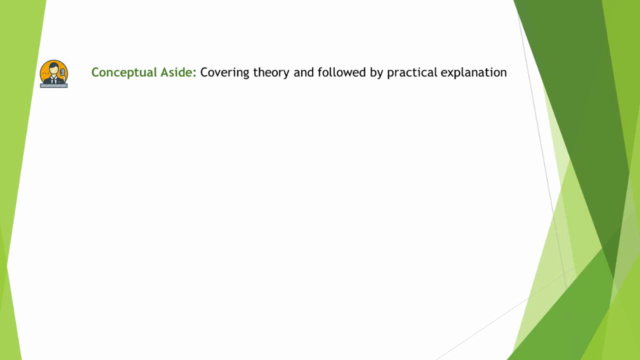Mastering QlikView Set Analysis

Why take this course?
🌟 Course Headline: Mastering QlikView Set Analysis - A Deep Dive for QlikView & Qlik Sense Developers
🚀 Course Description:
Are you a QlikView or Qlik Sense developer who's ever felt intimidated by the powerful, yet sometimes complex world of Set Analysis? You're not alone! Set Analysis is a cornerstone feature in both QlikView and Qlik Sense that unlocks advanced data aggregation capabilities, but its syntax can indeed be daunting for beginners.
🔥 What We Offer:
In this comprehensive Mastering QlikView Set Analysis course, we will demystify the art of Set Analysis and empower you to harness its full potential. Whether you're new to Set Analysis or looking to refine your skills, this course will guide you through a series of detailed modules designed to build your knowledge from the ground up.
📚 Course Structure:
-
Introduction to Set Analysis - We'll kick off by introducing the concept and explaining its significance in data analysis.
-
Set Analysis Basics - Learn the fundamental components, including set operations, calculations, and expressions.
-
Advanced Set Analysis Concepts - Dive deeper into complex topics such as:
- Aggregation techniques
- Using Set Analysis for multi-dimensional calculations
- Advanced use cases in real-world scenarios
-
Practical Applications - Apply your new skills through hands-on exercises, real-world examples, and case studies.
-
Best Practices & Optimization - Discover how to write efficient Set Analysis scripts and optimize application performance.
🔍 Key Learning Outcomes:
- Master the syntax and usage of Set Analysis in QlikView and Qlik Sense.
- Learn to create complex set expressions for powerful aggregations.
- Understand how to leverage Set Analysis to answer multi-dimensional business questions.
- Gain insights into performance optimization when dealing with large datasets.
- Enhance your ability to troubleshoot common errors and issues in Set Analysis scripts.
👩🏫 Who Is This Course For?
- QlikView or Qlik Sense developers who want to elevate their data analysis skills.
- Analysts looking to optimize their data aggregation techniques.
- Business professionals who wish to understand the advanced functionalities of QlikView and Qlik Sense.
🎓 By completing this course, you will:
- Feel confident in using Set Analysis to build powerful applications.
- Have a solid understanding of the principles behind complex set expressions.
- Be equipped with the skills to create advanced analytics solutions.
- Join the ranks of QlikView and Qlik Sense professionals who can harness the full power of their tools.
🎉 Take the next step in your QlikView or Qlik Sense journey!
Enroll in our Mastering QlikView Set Analysis course today and transform the way you handle data aggregation. 📈
Don't let the complexity of Set Analysis hold you back any longer. With this course, you'll unlock new possibilities in your data analysis endeavors, and your applications will thank you for it! Sign up now and master Set Analysis with confidence! 🚀
Course Gallery




Loading charts...
Comidoc Review
Our Verdict
The QlikView Set Analysis course by Shilpan and DV provides a comprehensive exploration of Set Analysis syntax, operators, and modifiers while teaching you how to create intricate expressions. Despite minor challenges such as occasional unclear exercise descriptions or instances of hard-coded criteria in answers, the course's pros far outweigh its cons, making it an excellent resource for Qlik developers aspiring to master Set Analysis concepts.
What We Liked
- In-depth exploration of Set Analysis syntax and expression creation
- Comprehensive look at Set Identifiers, Modifiers, and Operators
- Demonstrates Dollar-sign, Double Dollar-sign expansion, and function usage
- Includes valuable insight into Alternate States with Set Analysis
Potential Drawbacks
- Occasional need for revisiting material due to high pace of lessons
- Minor exercise expectations discrepancies leading to confusion
- Infrequent instances where answers utilize hard-coded criteria values instead of user selections
- Exercise descriptions could be more precisely formulated